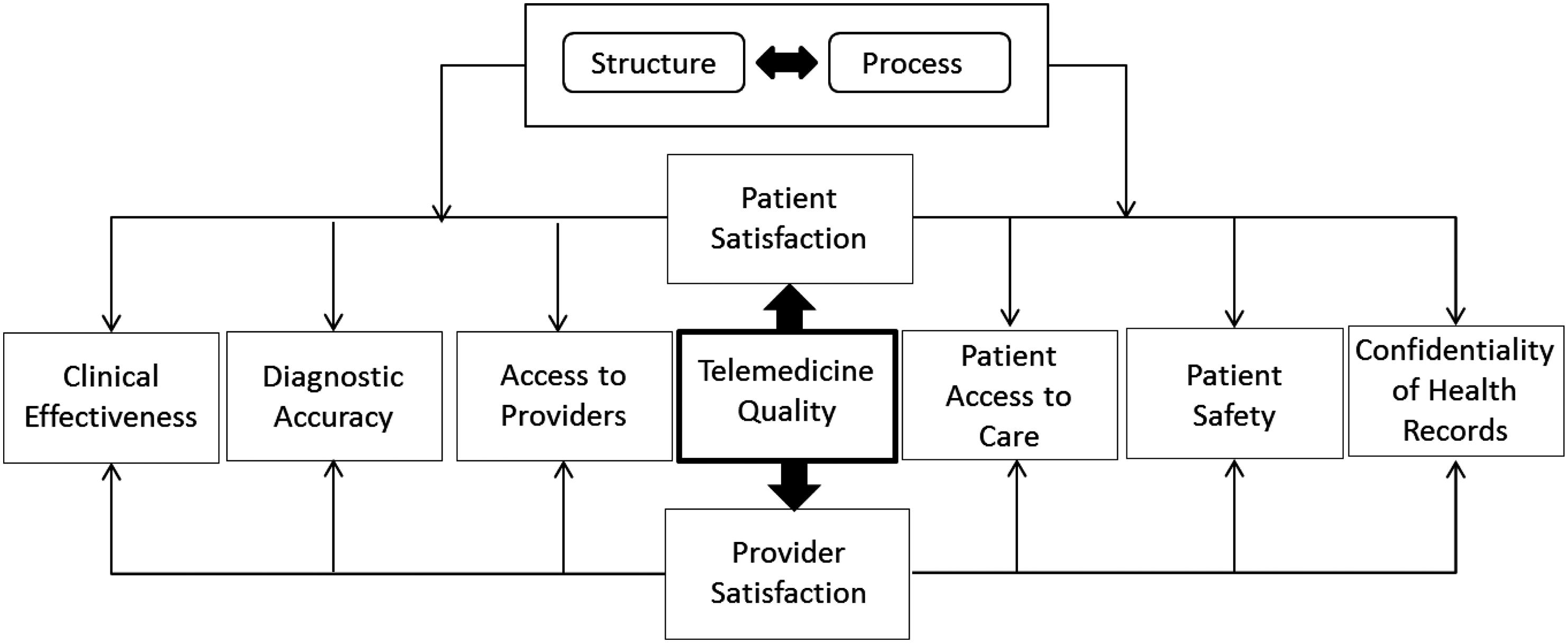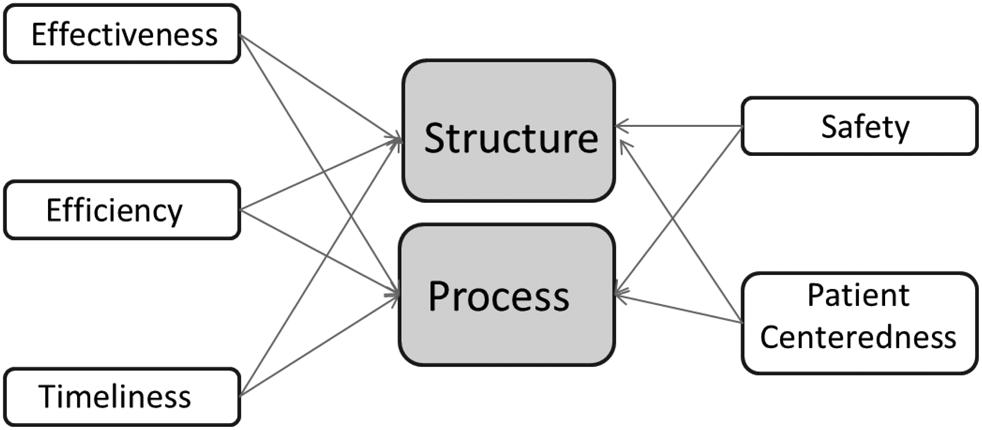
1 minute read
Cause and Effect Diagrams (Ishikawa or Fishbone Diagrams
At this point, the team constructs a Pareto diagram from the data in Table 7.13 (see Figure 7.12). The team concludes that “Patient ate” and “Adverse test result” together account for 71% of the cases of surgery cancellations. The team can now devote its attention to the one or two causes that constitute the vital few. It is not cost efficient to address every cause of a problem. A PI team must evaluate how the remaining issues (the trivial many) on the Pareto diagram compare with other opportunities for improvement in the hospital in terms of priority. It is quite common to make the “Other” category the last item on a Pareto chart even if it is not the lowest in frequency.
A cause and effect diagram displays and explores sources of variation in a process. It depicts a relationship between cause and effect, and is used primarily to display symptoms and their causes. In 1953, Professor Kaoru Ishikawa of the University of Tokyo applied the concept of cause and effect to a quality problem. The Ishikawa diagram (or fishbone diagram because it resembles a fish’s skeleton) is a chart comprising lines and words that represent a meaningful relationship between an effect and its causes. Brainstorming is one technique used to provide the data for this diagram.
Advertisement





